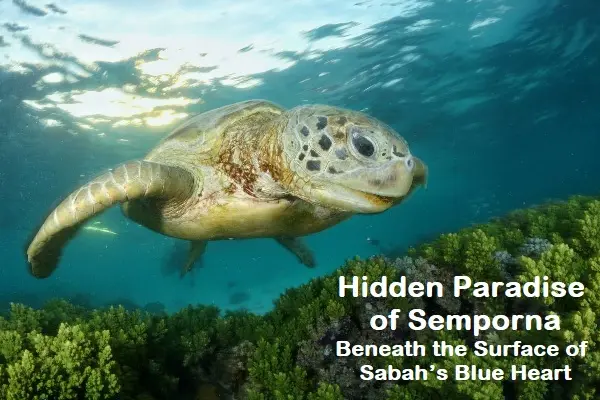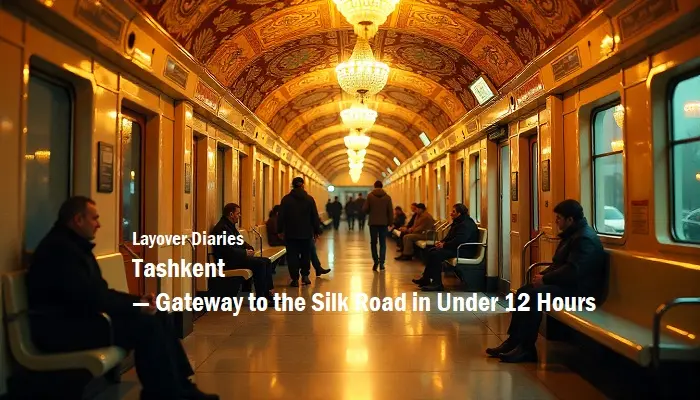🦋 Hidden Wildlife Adventures in Kuching: Discovering Borneo’s Secret Side

When people talk about Kuching, they usually picture the laid-back Waterfront, the playful cat statues or the vibrant Sarawak Cultural Village tucked under Mount Santubong. But just beyond the cafés and colonial shophouses lies another Kuching — one where frogs glide under the moonlight, bats fill the evening sky and the jungle hums with life older than the city itself.
I spent a week chasing some of Kuching’s lesser-known wildlife — the kind most tourists never get to see. And honestly, it turned out to be one of my most memorable adventures in Malaysia.
🌿 Getting There: From City Calm to Jungle Wild
One of the best things about Kuching is how close nature is. Within 30 minutes, you can swap the city’s laksa stalls for a rainforest soundtrack. I booked my flight through Trip.com and rented a small car right at the airport — easy, convenient and perfect for exploring the national parks scattered around Sarawak.
If you prefer not to drive, plenty of tour packages on Trip.com include pick-up services from hotels near the Kuching Waterfront — which, by the way, is a perfect base. The evening breeze by the river and the sight of Astana Palace lighting up across the water? Pure magic.
🐸 Night Symphony at Kubah National Park

Just half an hour from town, Kubah National Park is where the rainforest comes alive after dark. Most people visit in the day for waterfalls and short treks, but the real magic starts when the sun dips behind the palms.
Armed with a flashlight and a local guide, I joined the Frog Night Tour — and it didn’t take long before we were surrounded by the calls of dozens of species. From tiny Philautus tree frogs perched on leaves to the bright green Wallace’s Flying Frog (yes, it can actually glide), it was like stepping into an orchestra of croaks.
The guide pointed out reflections in the pond — hundreds of small eyes twinkling like stars. Turns out, that’s the famous Frog Pond, home to more than 60 species.
🐸 Hidden Gem Tip: Stay nearby in a homestay or eco-lodge outside the park. The night air here is cool and waking up to the sound of hornbills is unbeatable.
🦇 Sunset Spectacle at Wind Cave & Fairy Cave
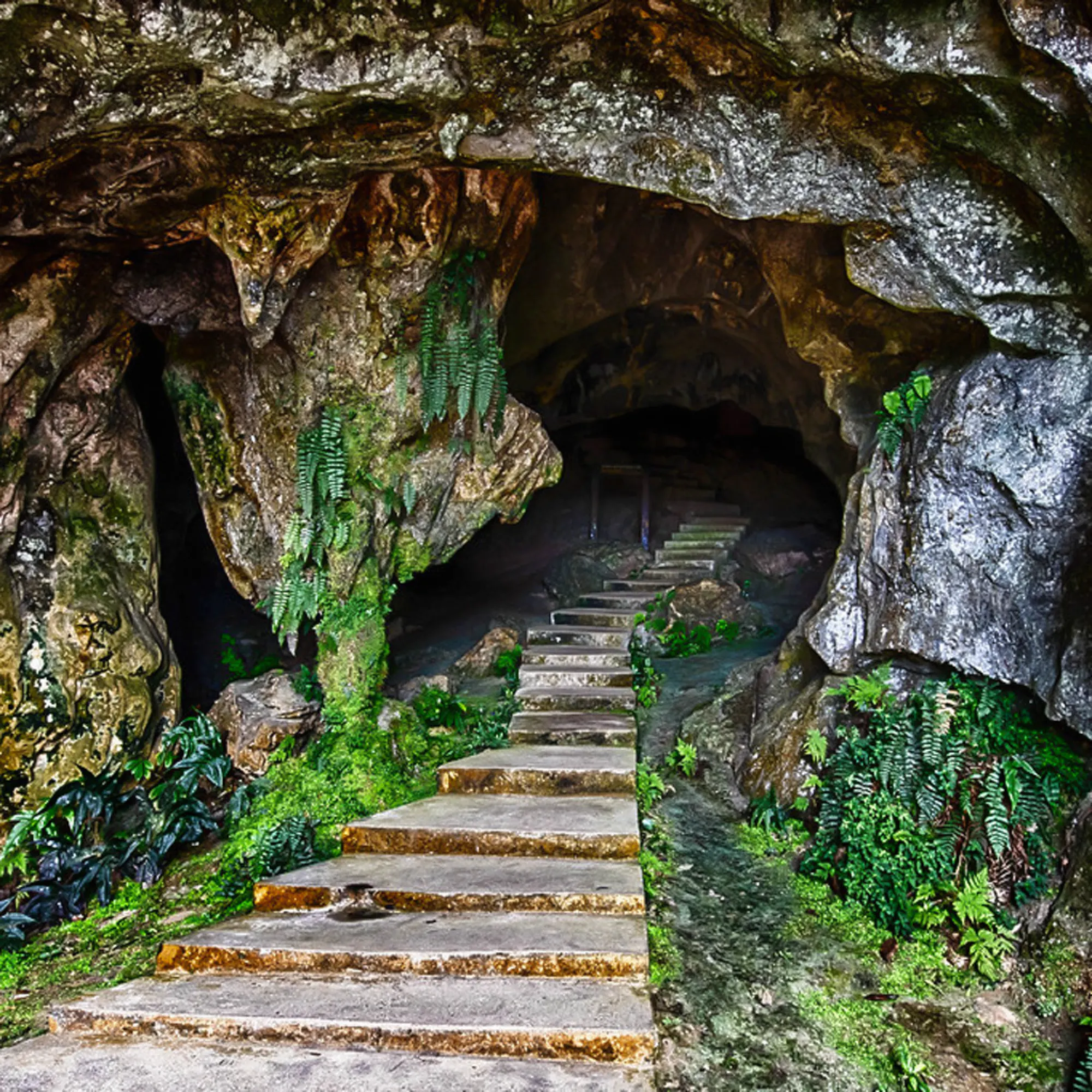
The next day, I drove to Bau, a small town about 40 minutes from Kuching. It’s known for its limestone formations and mysterious caves that date back millions of years. While most travelers come for the impressive stalactites in Fairy Cave, I had another mission — to witness the bat exodus at Wind Cave Nature Reserve.
Around dusk, the air inside the cave started to vibrate with fluttering wings. Within minutes, thousands of bats streamed out in waves, twisting through the air like dark ribbons against the fading light.
It was one of those quiet moments that suddenly become unforgettable — no big crowds, no tour buses, just the sound of wings and the smell of earth.
🌄 Local Tip: Bring a torchlight and wear covered shoes — guano (bat droppings) can make the cave floor slippery!
🏨 Check out places to stay in Bau on Trip.com
🐍 Jungle Secrets in Santubong
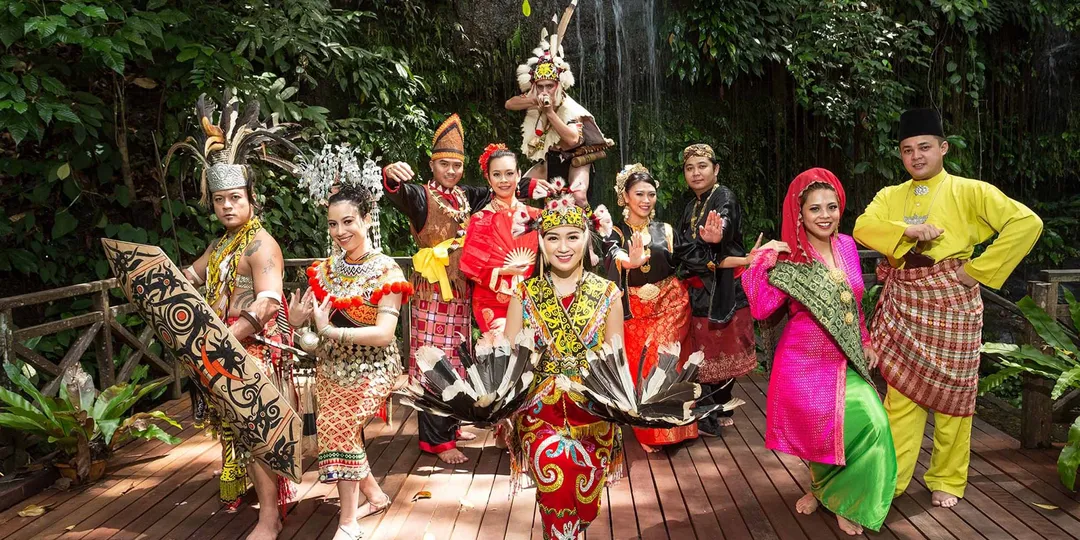
If you prefer something closer to Kuching city, head north toward Santubong Peninsula, home to the Sarawak Cultural Village and Damai Beach. While it’s famous for cultural shows and seaside resorts, the rainforest here hides a few surprises.
I joined a local nature guide for an evening walk at the foot of Mount Santubong and within minutes, we spotted a bright green pit viper coiled on a low branch. It was calm, beautiful and very much the king of its small territory.
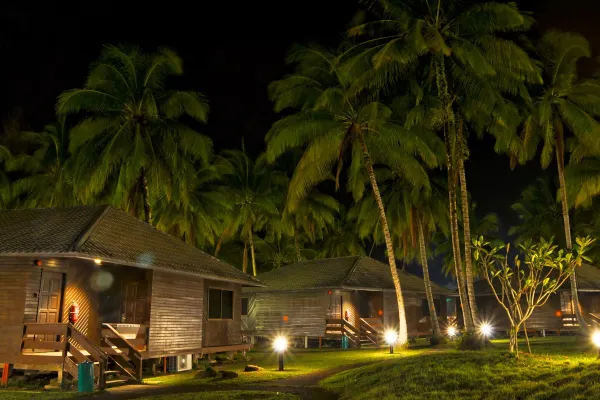
Further along, we saw flying lizards gliding between trees and tiny lantern bugs that lit up the path like fairy lights. Who knew the same place where tourists watch cultural dances by day transforms into a mini rainforest safari by night?
🌴 Travel Tip: Combine a stay at Damai Beach Resort with a wildlife walk — you can relax by the sea after your night hike!
🌙 Find stays near Santubong on Trip.com
🦜 Beyond the Obvious: Birds, Cats and Quiet Corners
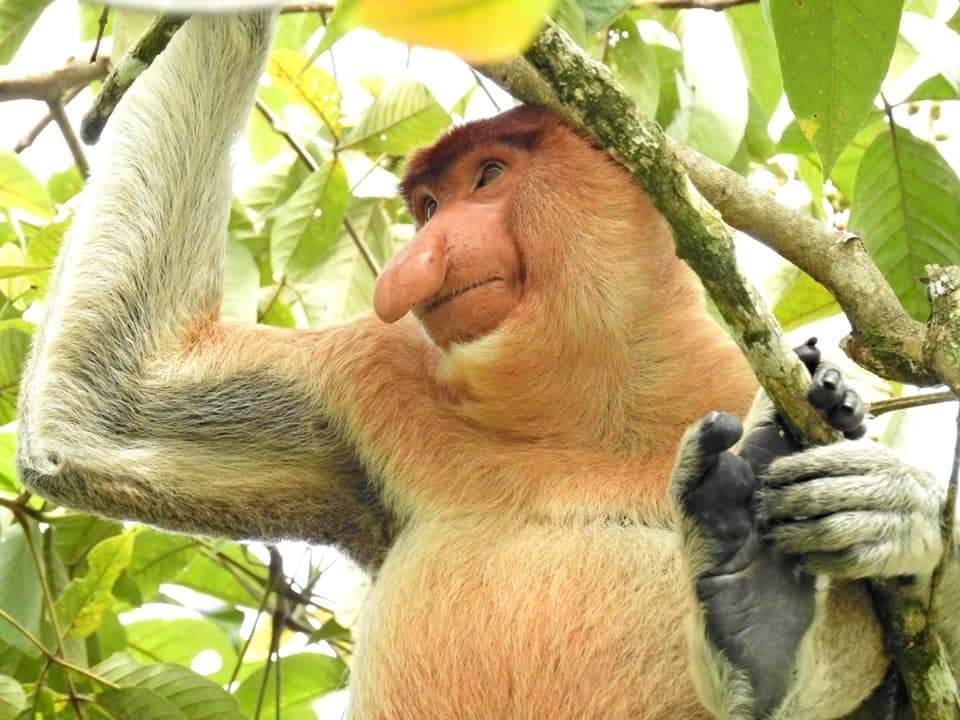
While the famous Proboscis Monkeys and Orangutans get most of the spotlight (and rightly so), there’s so much more to discover if you’re patient.
Early one morning, I joined a small birdwatching group at Bako National Park — the oldest in Sarawak. As the mist lifted, the calls of the Rhinoceros Hornbill, Sarawak’s state bird, echoed through the treetops. Their colorful beaks gleamed in the sunlight and I finally understood why locals consider them symbols of strength and family.
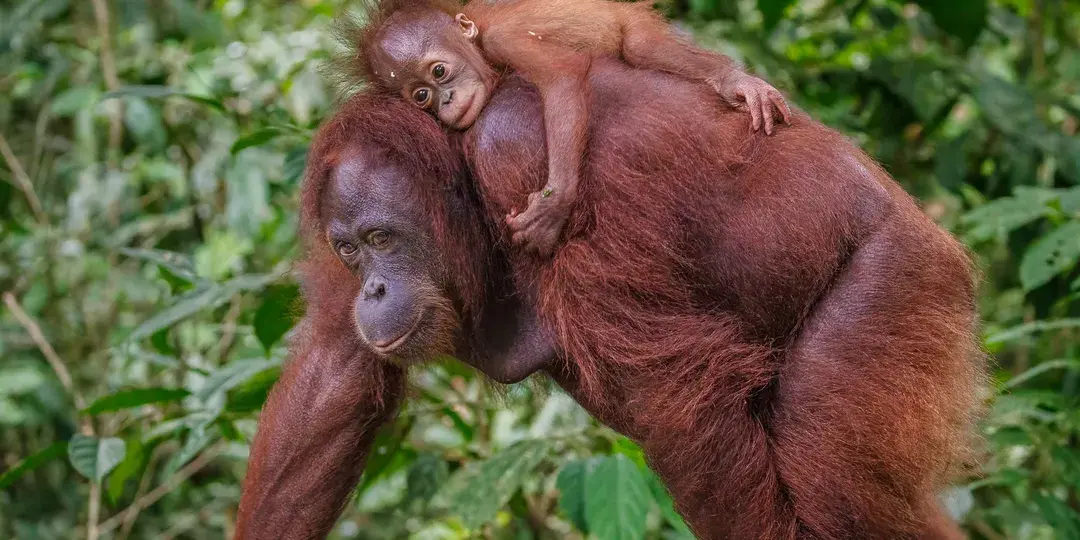
Even closer to the city, Semenggoh Wildlife Centre offers a chance to see semi-wild orangutans swinging through the forest canopy. If you time your visit right during feeding hours, it’s almost guaranteed.
And for something truly offbeat, there’s Kubah’s smaller trails where wildlife photographers sometimes catch rare glimpses of the elusive Bornean Clouded Leopard — though spotting one is a lifetime’s luck!
🌅 Where Nature Meets Culture
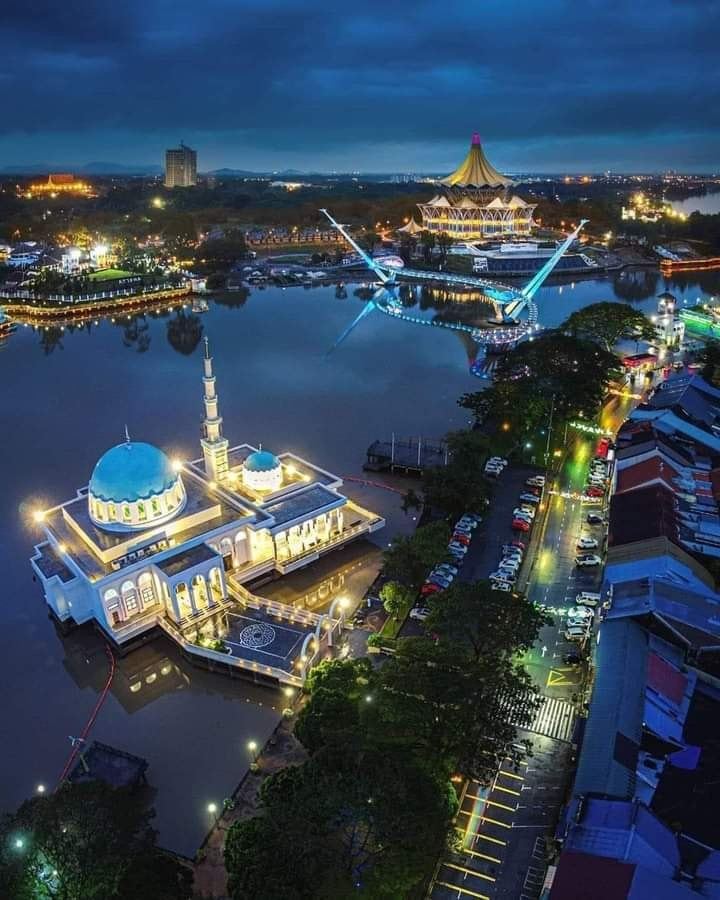
After days in the wild, I spent my last evening strolling along the Kuching Waterfront again. Street musicians played soft tunes, families wandered about with ice cream and boats ferried passengers across the river to Kampung Boyan. It felt worlds away from the rainforest — yet somehow connected.
That’s the beauty of Kuching: culture and nature live side by side. You can sip Sarawak coffee by the river in the morning and be deep in the jungle by afternoon.
🚗 Book a car rental on Trip.com for the freedom to explore parks at your own pace.
✈️ Find flight deals to Kuching on Trip.com
🌺 Practical Tips for Wildlife Lovers
- Best Time to Visit: March to October (dry season), though even rainy months have their charm — just pack a poncho.
- Guides: Hire local guides from park entrances or through certified tour operators; they often know exactly where to find the animals.
- What to Bring: Torchlight, insect repellent, long sleeves, water and a light rain jacket.
- Respect Nature: No flash photography for animals, no feeding wildlife and always stick to the trails.
- Travel Insurance: Always worth getting, especially if you plan to hike or do adventure tours.
🌏 My Final Thoughts
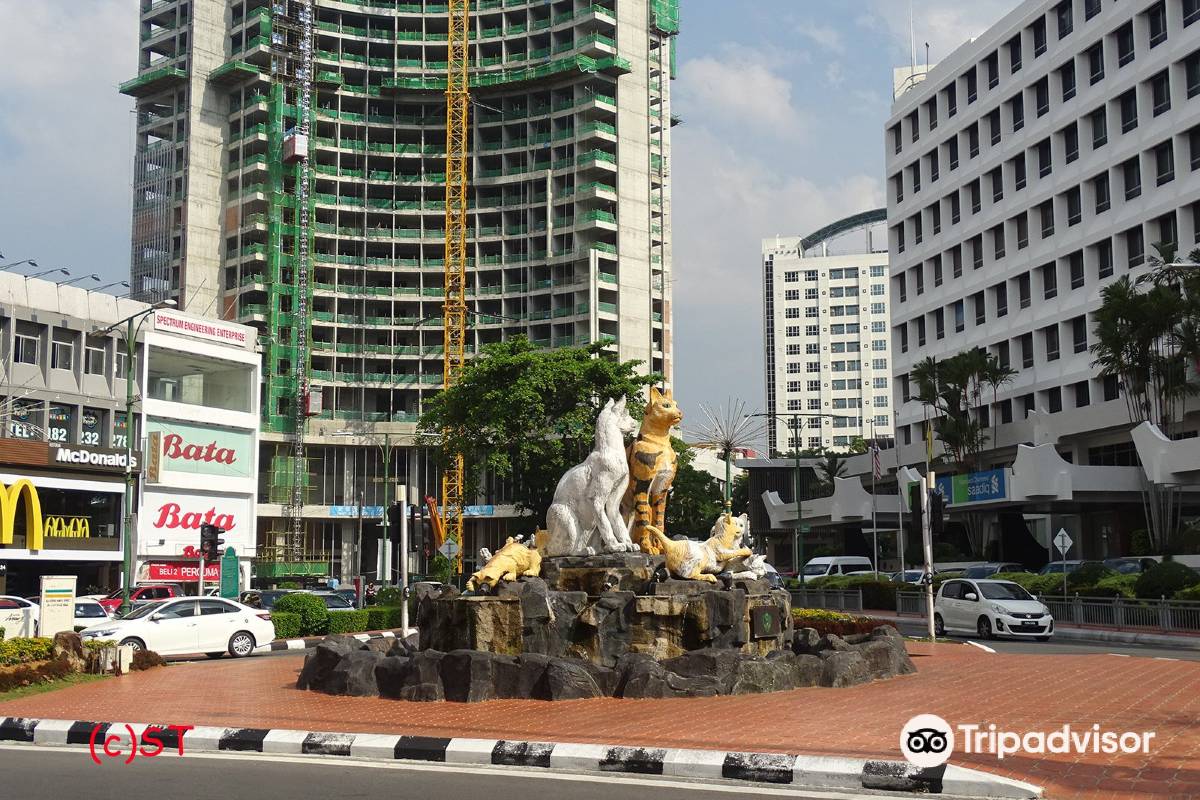
Kuching may be known as the “City of Cats,” but it’s also a gateway to some of Borneo’s most magical hidden wildlife. Whether it’s frogs gliding under the stars, bats spiraling through cave air or the quiet gaze of a hornbill above the treetops, the city’s wild heart is never far away.
So the next time you’re planning a trip to Sarawak, don’t just stop at the Waterfront. Take a detour — into the jungle, into the night, into the world of Kuching’s secret creatures.
✈️ Plan your wildlife adventure with Trip.com and see for yourself how wild Kuching can be.
Affiliate Disclaimer: This blog post contains affiliate links for services like Trip.com. If you book through these links, I may earn a small commission at no extra cost to you. This helps support the blog and allows me to continue providing free, valuable travel guides. Thank you for your support
Leave a comment
Your email address will not be published. Required fields are marked *


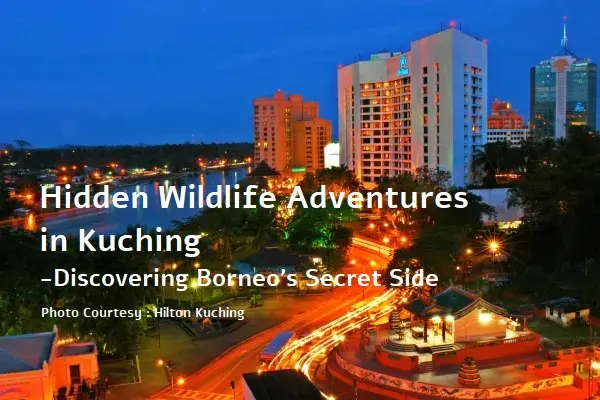
.webp)


